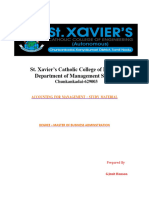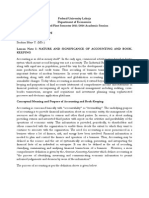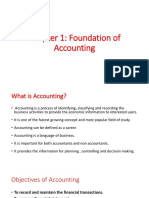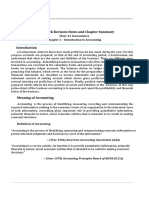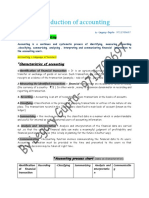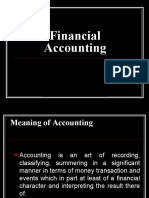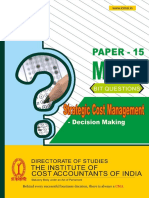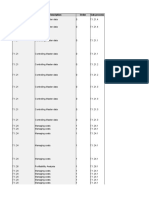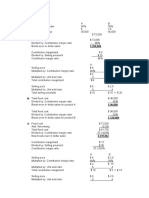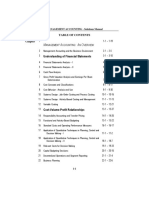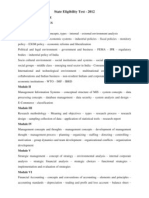0% found this document useful (0 votes)
67 views21 pagesUnit 1-Introduction of Book-Keeping and Accountancy
The document provides a comprehensive overview of business accounting, defining it as the process of recording, classifying, and summarizing financial transactions to inform decision-making. It outlines the importance of accounting, its various branches (financial, cost, and management accounting), and the distinction between accounting and bookkeeping. Additionally, it discusses the accounting equation and the two systems of accounting: single entry and double entry.
Uploaded by
Vaasvi LambaCopyright
© © All Rights Reserved
We take content rights seriously. If you suspect this is your content, claim it here.
Available Formats
Download as PDF, TXT or read online on Scribd
0% found this document useful (0 votes)
67 views21 pagesUnit 1-Introduction of Book-Keeping and Accountancy
The document provides a comprehensive overview of business accounting, defining it as the process of recording, classifying, and summarizing financial transactions to inform decision-making. It outlines the importance of accounting, its various branches (financial, cost, and management accounting), and the distinction between accounting and bookkeeping. Additionally, it discusses the accounting equation and the two systems of accounting: single entry and double entry.
Uploaded by
Vaasvi LambaCopyright
© © All Rights Reserved
We take content rights seriously. If you suspect this is your content, claim it here.
Available Formats
Download as PDF, TXT or read online on Scribd
/ 21


